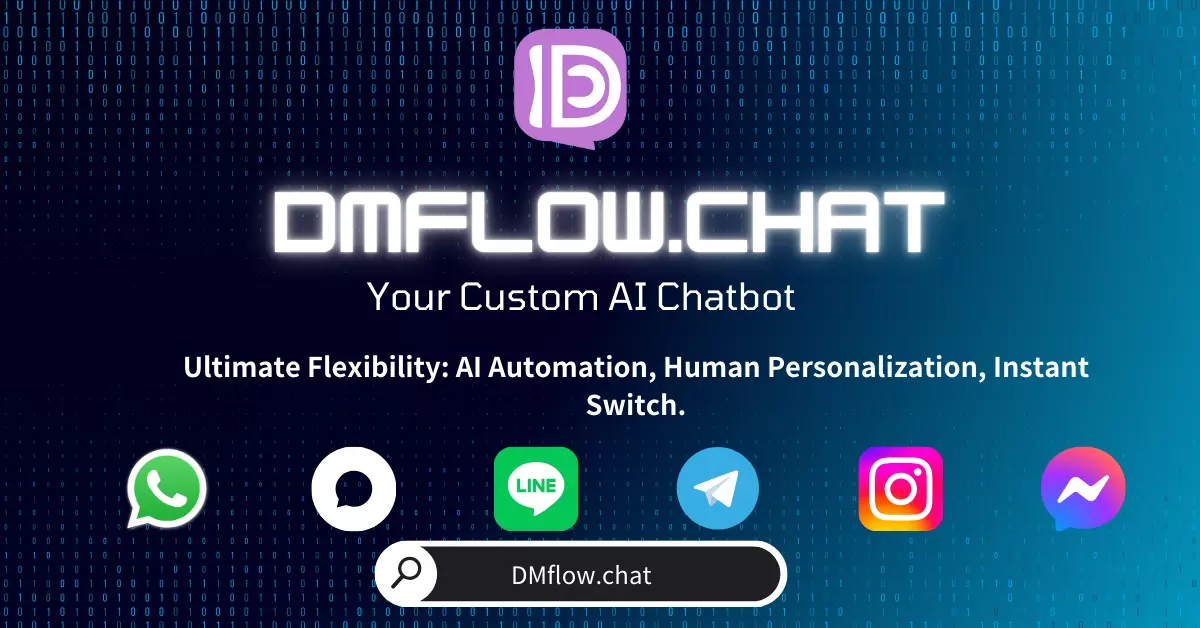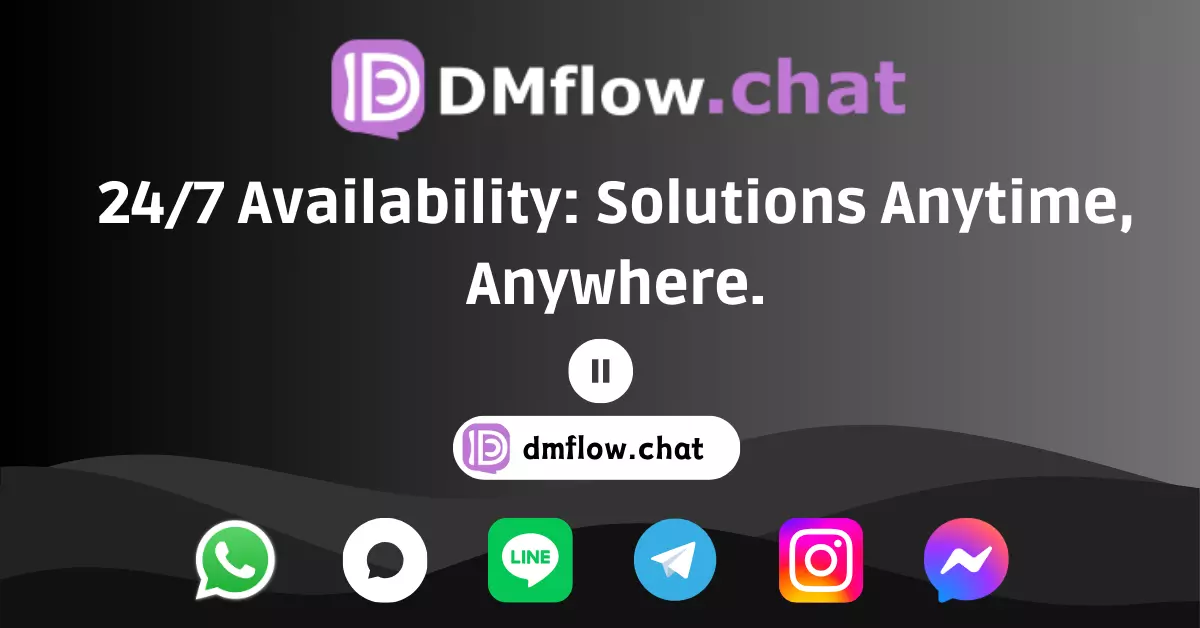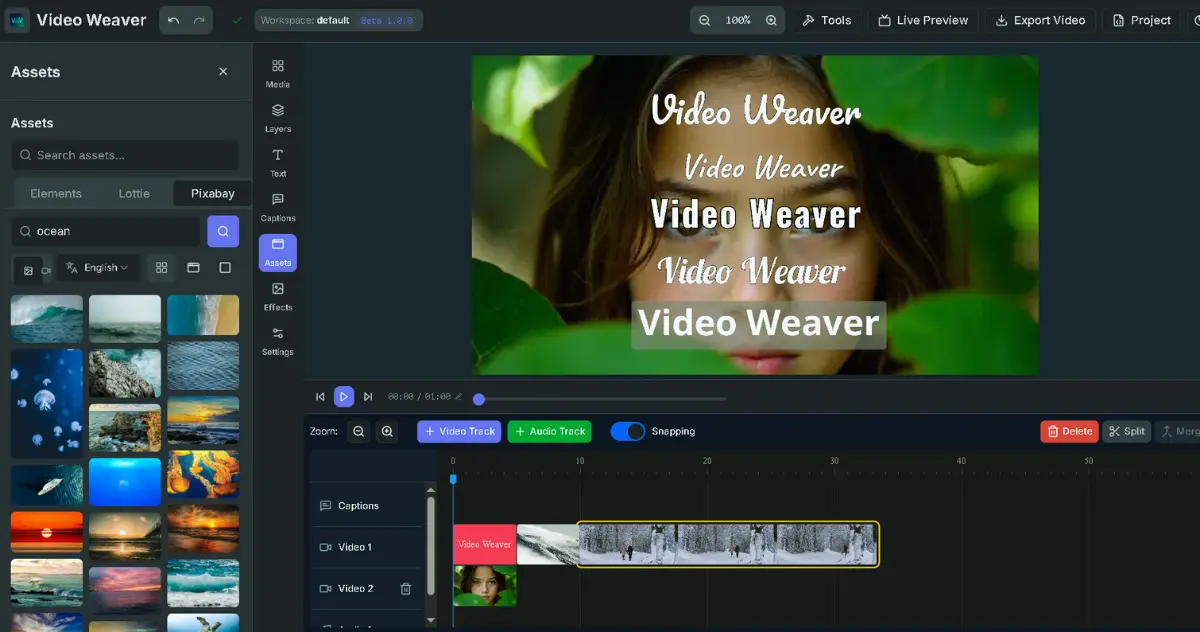The TEN Agent team recently dropped a bombshell, announcing the official open-sourcing of their enterprise-grade real-time voice activity detector (TEN VAD). This tool not only surpasses WebRTC and Silero VAD in accuracy but is also set to completely change the way we interact with AI, thanks to its ultra-low latency and high compatibility.
Recently, the developer community has been buzzing with excitement, and the star of the show is the enterprise-grade real-time voice activity detector open-sourced by the TEN Agent team—TEN VAD. This isn’t just another new tool release; it’s more like a key that opens a brand-new door for all developers dedicated to creating real-time, natural conversational experiences.
You might be thinking, is a voice detector really that big of a deal? The answer is a resounding yes. When building a smooth, conversational voice assistant, the first and most critical step is to accurately determine “when to listen and when to stay quiet.” TEN VAD is the powerful engine that solves this very problem.
So, What Exactly is TEN VAD?
Simply put, TEN VAD is a deep learning-based voice activity detection (VAD) model. Its task is simple yet extremely important: to accurately identify human speech in an audio stream and filter out all background noise, silence, or other irrelevant sounds.
But its real power lies in its “frame-level precision.” Imagine every second of audio being split into countless tiny “frames.” TEN VAD can make a judgment at the level of each individual frame. What does this mean? It means it can capture the start and end moments of speech with incredible speed, resulting in almost zero latency.
Compared to the widely used WebRTC VAD and Silero VAD, TEN VAD has demonstrated higher accuracy and a lower false-positive rate in tests across various complex scenarios. Its performance remains stable and outstanding, especially in noisy environments like a bustling café or a busy street, providing a rock-solid foundation for real-time conversational systems.
Low Latency and High Compatibility: A Developer’s Dream Combination
Powerful performance is crucial, but a tool is meaningless if it’s difficult to use. Fortunately, TEN VAD excels in this area as well.
It has extremely low computational complexity and a small memory footprint. Compared to Silero VAD, TEN VAD’s real-time factor (RTF) is reduced by about 32%, which means it can achieve lower latency on a wide range of hardware platforms. It runs at lightning speed, whether on high-performance servers or lightweight mobile devices.
Even better is its compatibility. TEN VAD supports the ONNX model format, allowing it to run effortlessly on the five major operating systems: Linux, Windows, macOS, Android, and iOS. It also provides support for Python and WebAssembly (WASM), enabling developers to easily deploy it in any backend platform or front-end web application. This cross-platform flexibility significantly lowers the development barrier, paving the way for the popularization of voice AI.
Teaming Up with TEN Turn Detection for Truly Natural Conversations
If TEN VAD solves the problem of “can you hear it,” then its trusted partner—TEN Turn Detection—solves the challenge of “when to respond.”
TEN Turn Detection is an intelligent turn-taking detection model designed specifically for full-duplex voice communication. It can capture subtle cues in natural human conversation, such as pauses and changes in intonation, allowing the AI to know when to wait patiently and when to interject cleverly.
When these two are combined, a magical chemical reaction occurs. The AI voice assistant is no longer a robot that rigidly waits for you to finish your “closing remarks” before responding. It can achieve context-aware intelligent interruptions and responses, bringing the smoothness and real-time nature of the conversation infinitely closer to the level of human interaction. This combination shows unparalleled potential for applications like intelligent customer service, virtual personal assistants, and various interactive devices.
The Power of Open Source: Accelerating the Wave of Voice AI Innovation
The open-sourcing of TEN VAD marks a new stage of sharing in voice AI technology. Its GitHub repository quickly garnered over 600 stars after its launch, a clear indication of the developer community’s strong interest and approval.
This open-source release is not just about providing a pre-trained model. The TEN Agent team has also made the relevant preprocessing code available, allowing developers to customize and optimize it for their specific needs. Furthermore, they have integrated TEN VAD into the TEN Framework, enabling developers to quickly build powerful voice AI applications with simple configurations.
It is foreseeable that the open-sourcing of TEN VAD will greatly promote innovation in voice interaction technology, injecting a continuous stream of new vitality into fields such as smart devices, the Internet of Things (IoT), and real-time communication.
Reshaping the Future: The Industry Outlook for Voice Interaction
The release of TEN VAD has an impact that extends beyond the technical level. By accurately filtering out invalid audio data, it significantly reduces the amount of data that subsequent speech-to-text (STT) services need to process, thereby dramatically lowering computational costs.
This is of great significance for cost-sensitive applications, such as smart home devices and in-car voice systems. As voice AI becomes more widely used in fields like customer service, education, and healthcare, TEN VAD’s high performance and open-source nature will accelerate the entire industry’s move towards more natural and intelligent interactive experiences.
It is believed that TEN VAD and its supporting technologies will bring endless possibilities to developers, helping voice AI truly move from the laboratory to every household. In the future, as community contributions continue to enrich it, TEN VAD is very likely to become a benchmark tool in the field of voice interaction, redefining the boundaries of human-computer conversation.
Want to experience it for yourself or contribute to this project?
Project Address: https://github.com/ten-framework/ten-vad




